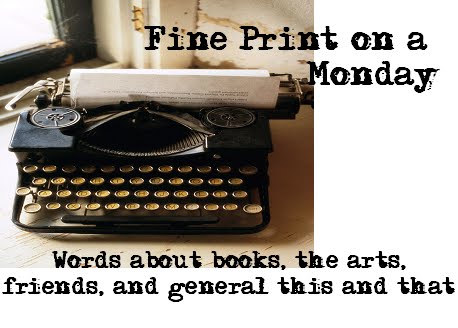Old fashioned. Tender. Sentimental. Sweet. Yes, Louisa May Alcott's novel is all of these, but it also extols universal truths, both touching and hard edged. Some people may argue that the four March sisters, having been groomed in skills needed by all good wives of their day, do not set reasonable examples for young girls reading the book and facing challenges of the 21st century. It's true that with the exception of Beth, the sisters dream about the castles in the clouds, fine dresses and marriage. But there's more.
These are two pre-teen and two early teen girls who, along with their mother, keep a household organized and efficient while their father/husband is away at war. The have little to live on and yet always find enough to share with neighbors who are less fortunate. Meg works as a governess and Jo is a companion to an elderly aunt. Each girl is her own person and not a paper doll, pliable to the expectation of society. I found them to be real people, flawed like all of us.
Alcott's writing shines in the two chapter devoted to Beth, the sister I would guess most 12 year-old girls are drawn to. The second sister, Jo, probably challenged Alcott's first readers the most. She is a tom-boy, quirky, witty, surly at times, and does something I believe to be rare in those day; she has a platonic relationship with a boy! She also dreams of being a career woman, a writer and she relentlessly hones her craft.
Meg, the oldest, is the first to marry and have children, twins. Mothering does not come easily to her, especially with a high spirited son and a husband who is, in my opinion, a pill. Admitting that motherhood can be draining and even sometimes impossible is a message that until recently was unacceptable. Amy could be considered the most superficial of the group, yet she matures into a likeable person giving hope to parents and those who have difficult people in their lives.
This book doesn't drip with saccharine as I thought it would. Instead, I found it pleasant, sad, thoughtful and more than well worth the time it took to read the 400+ pages in tiny, tiny type. I wonder if I would have been impressed had I read it when I should have, around age eleven. I also wonder who tells people to read it now. This is one of those books I hope will always find a place on bookshelves in many homes. I hope reading it will be as pleasant a surprise to future readers as it was to me.
Thanks for stopping by.

